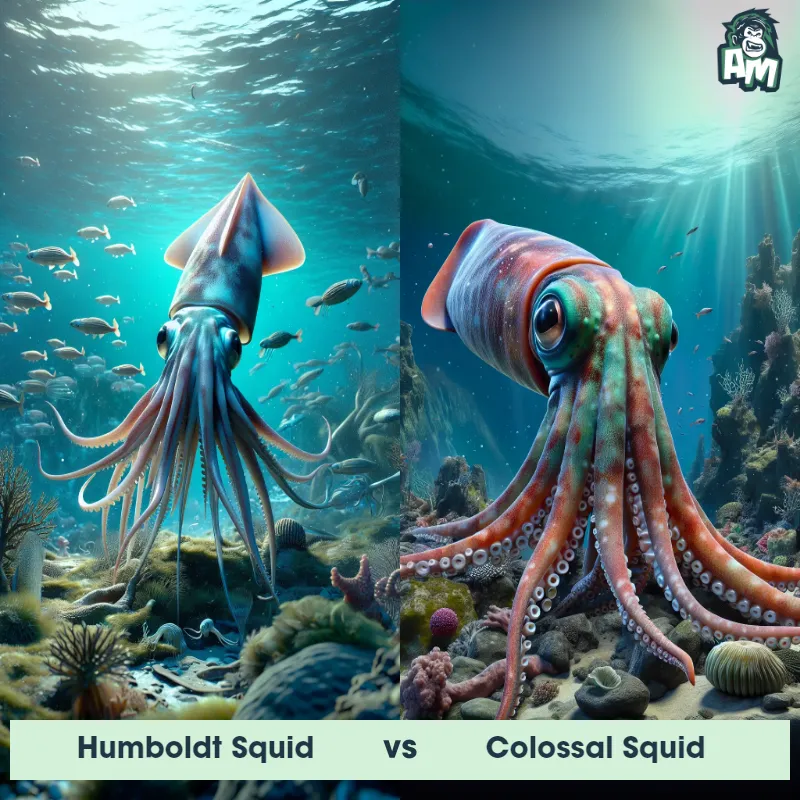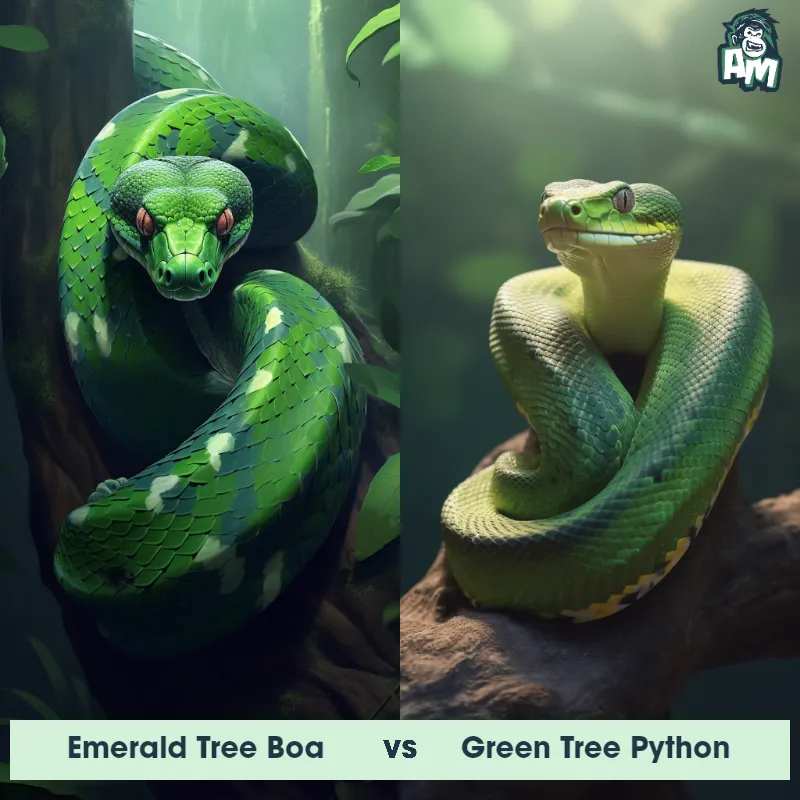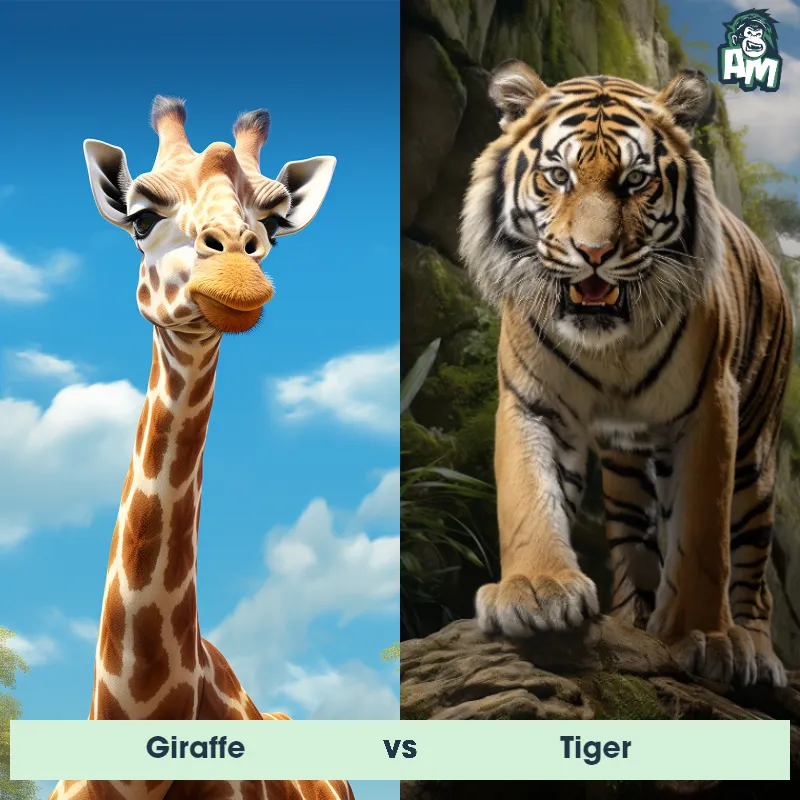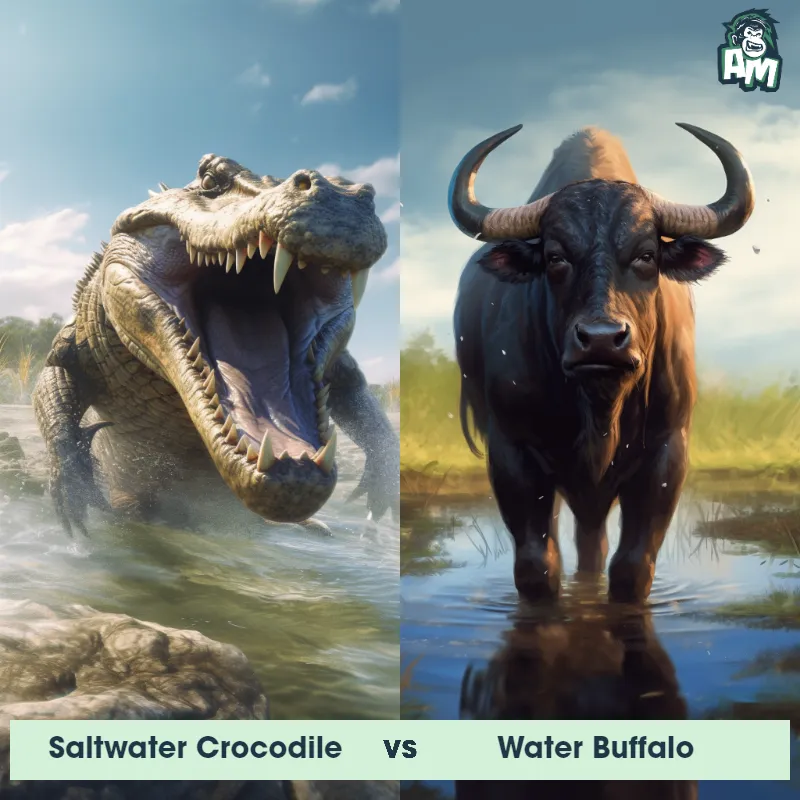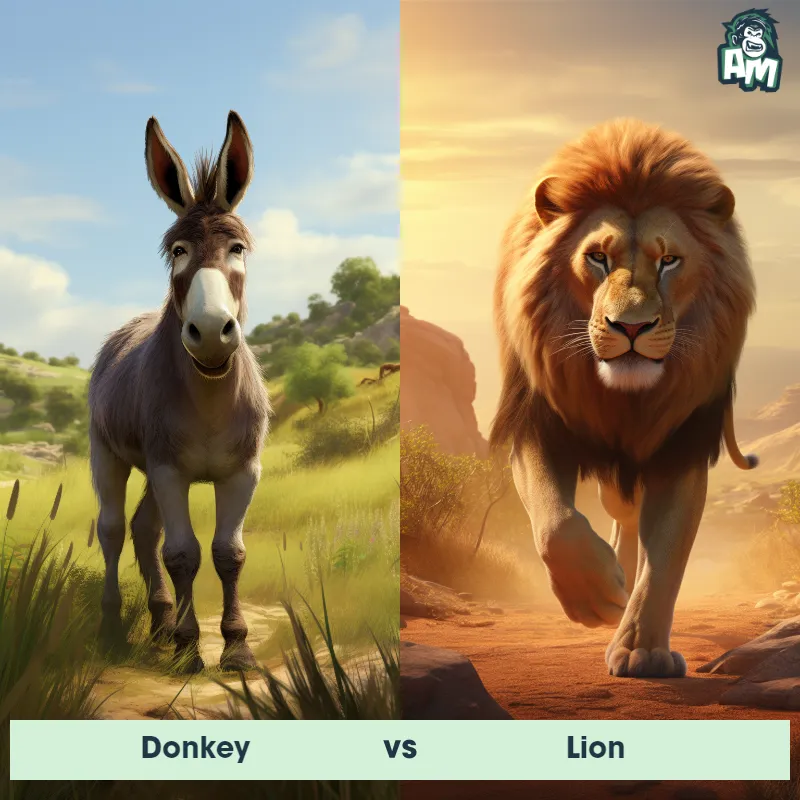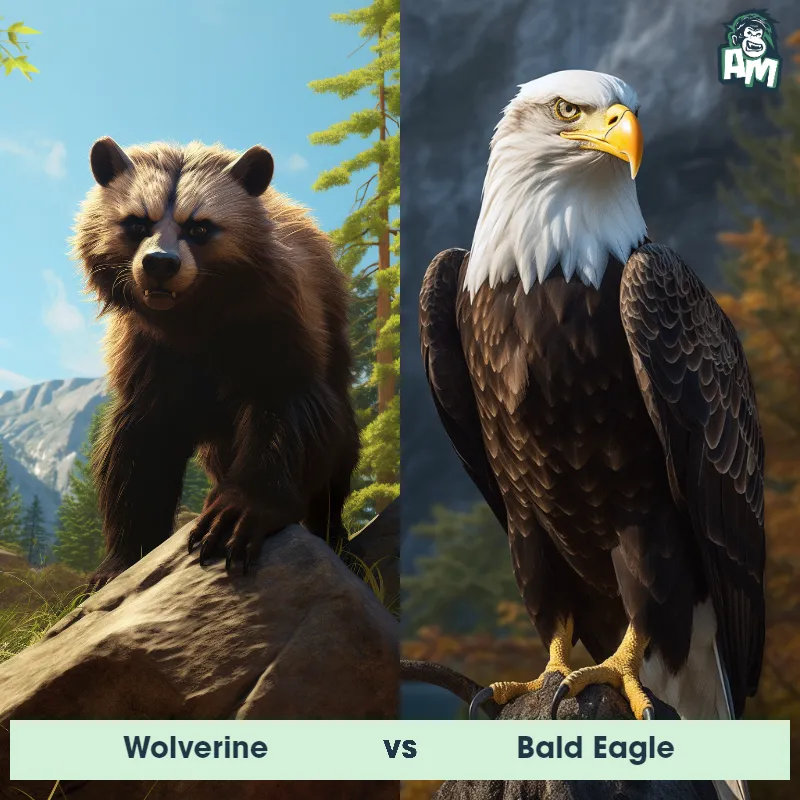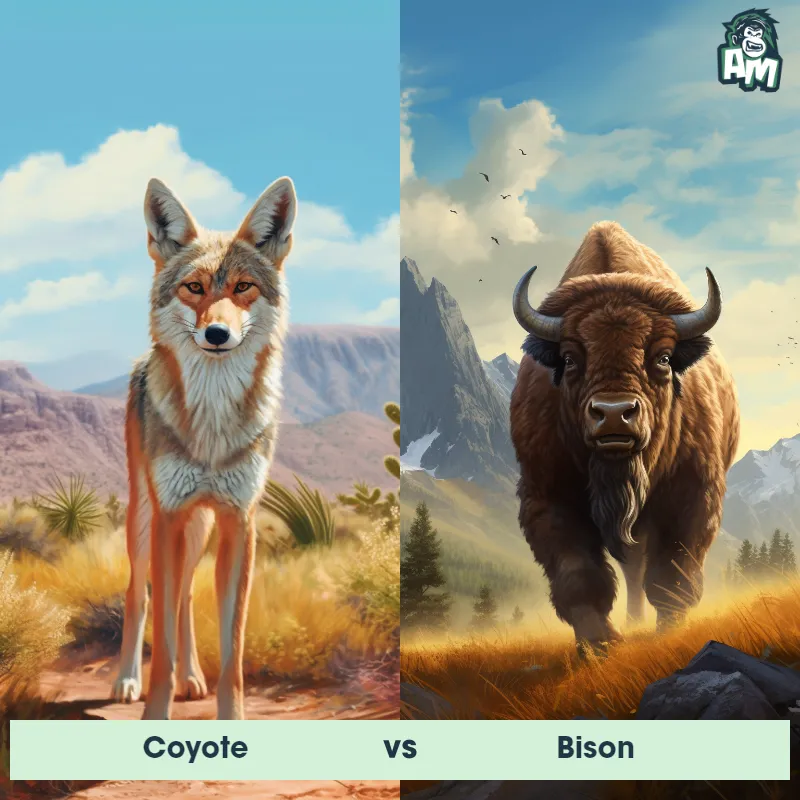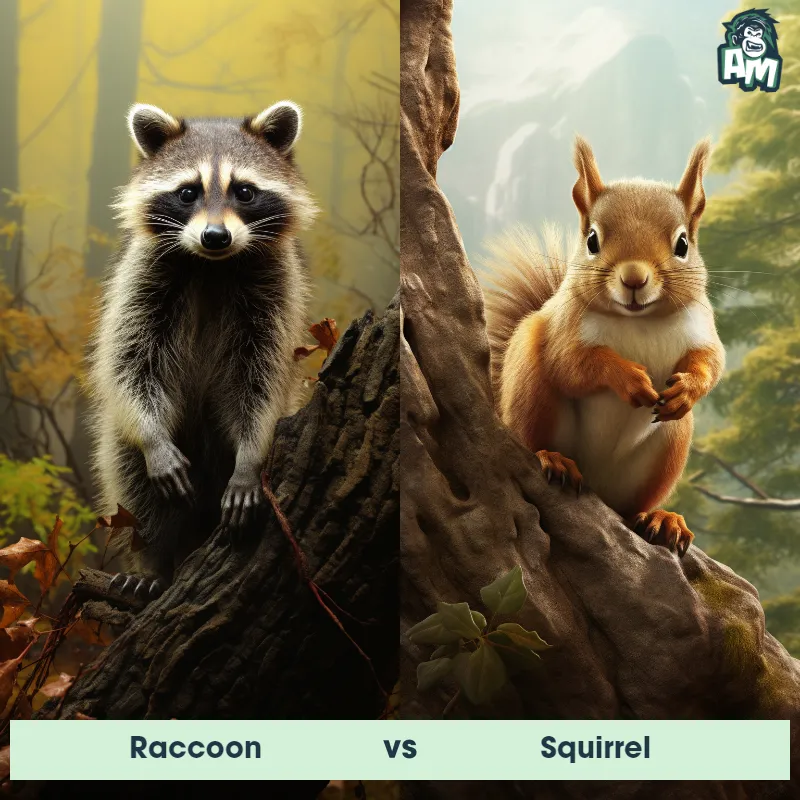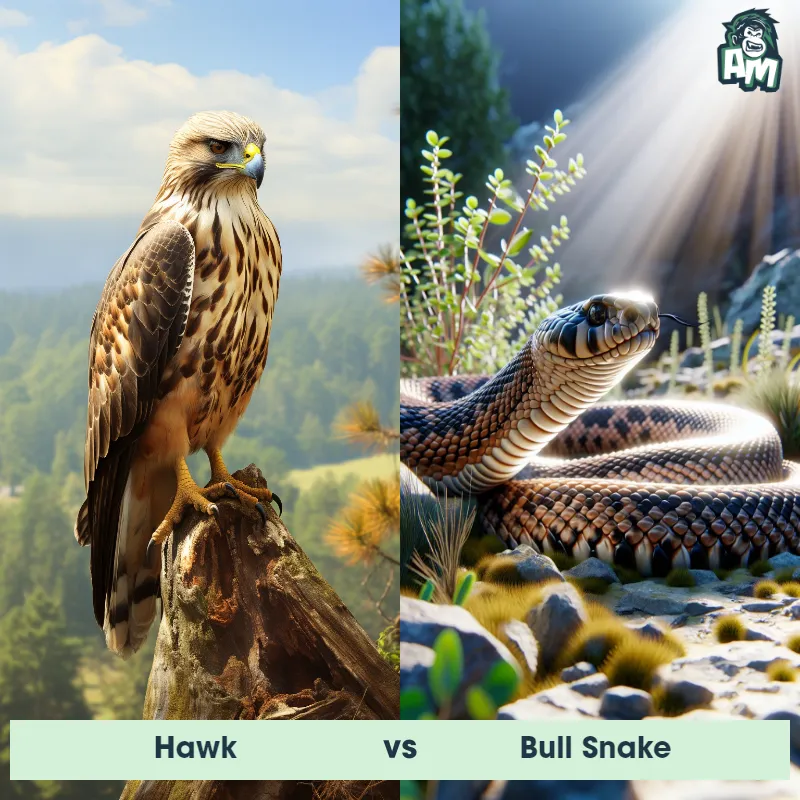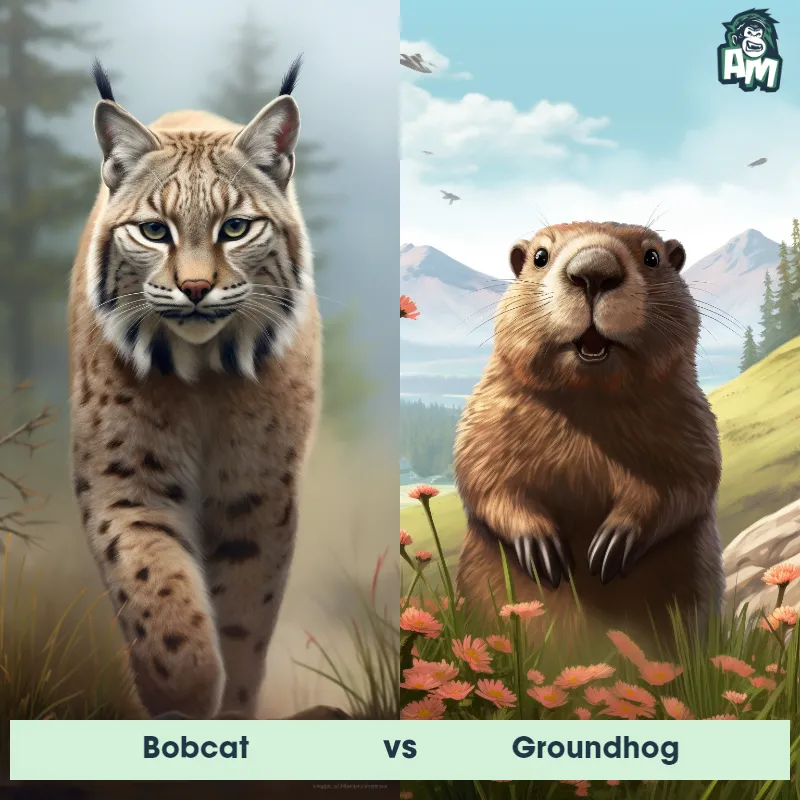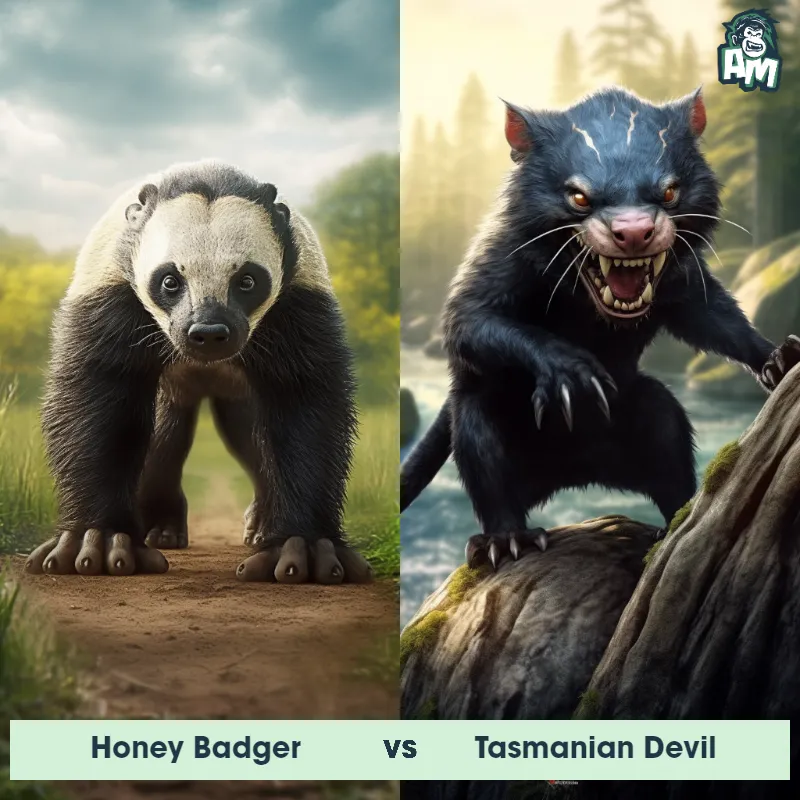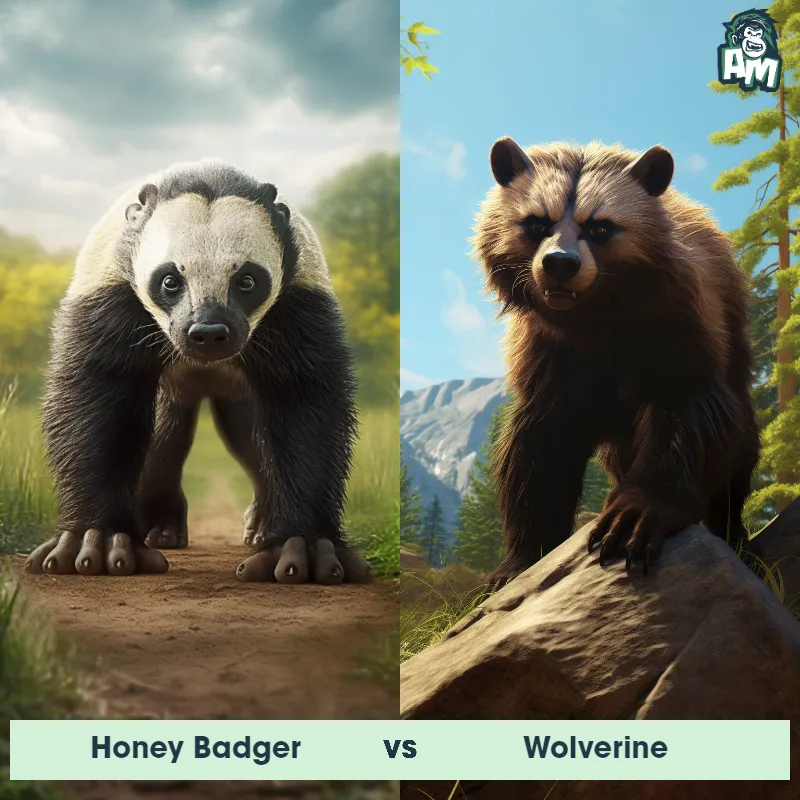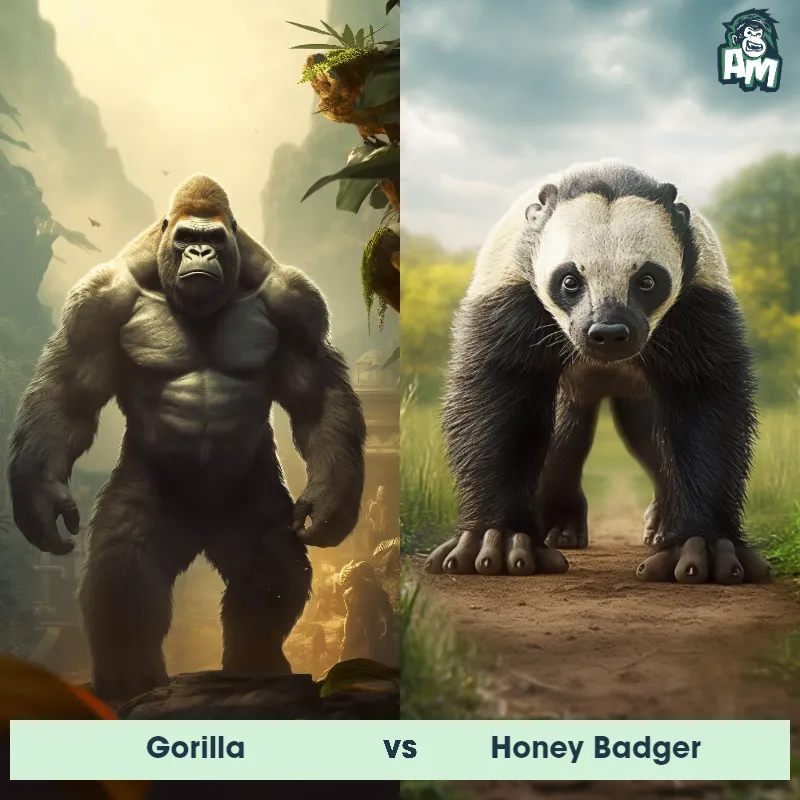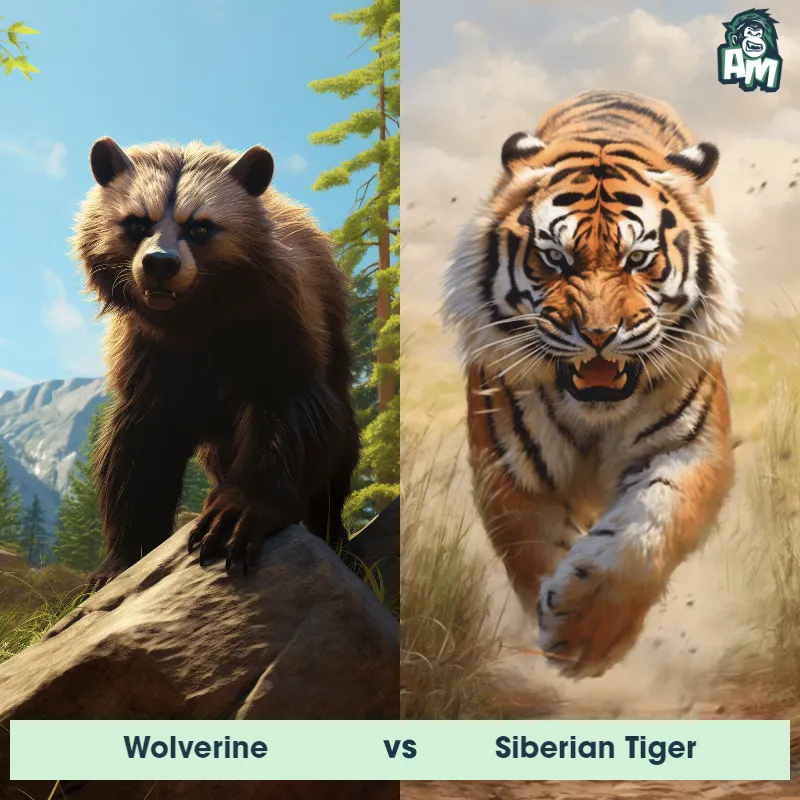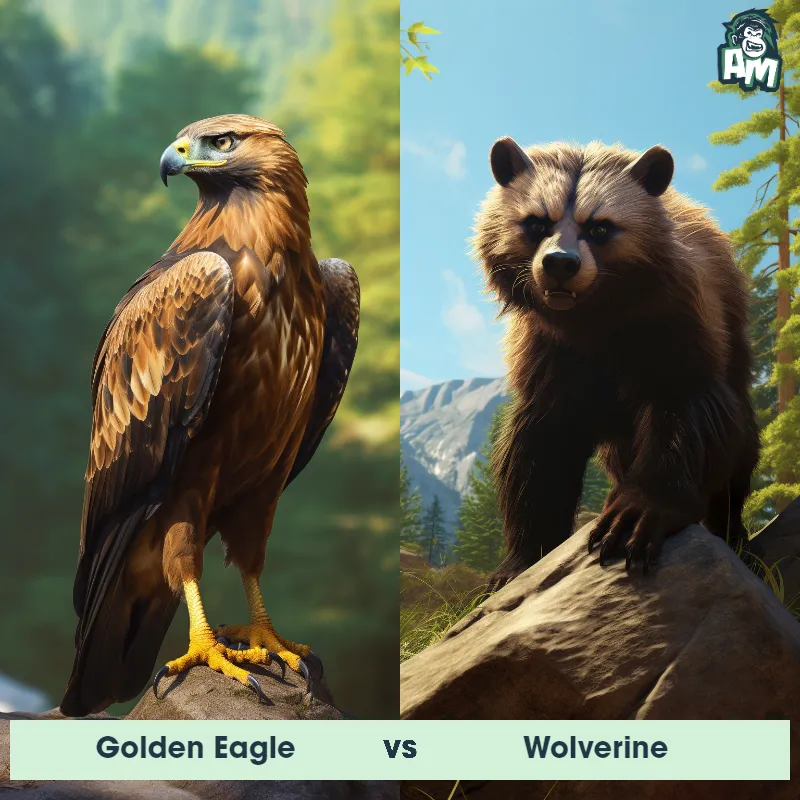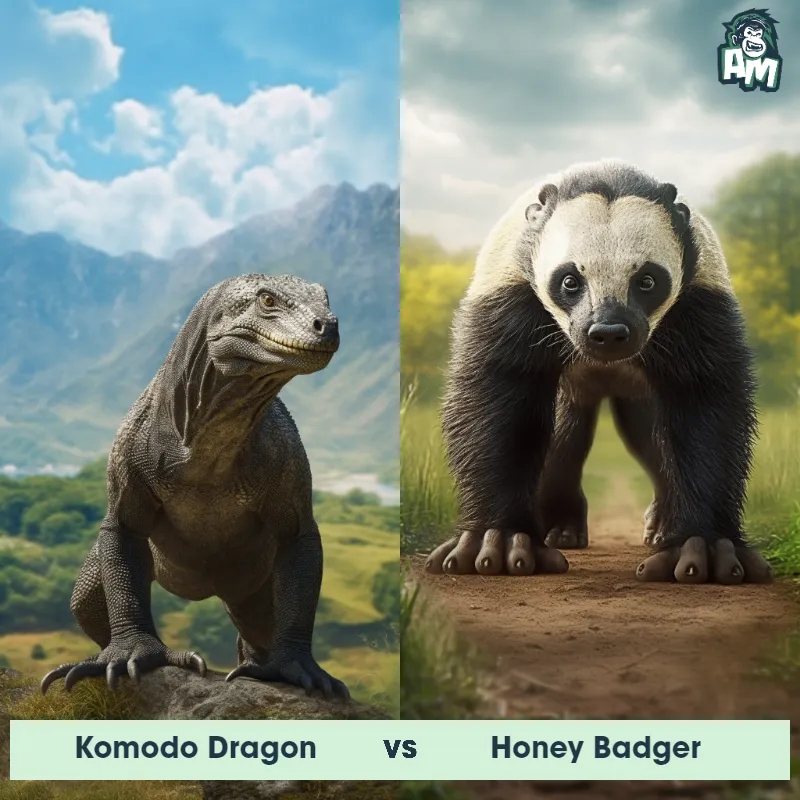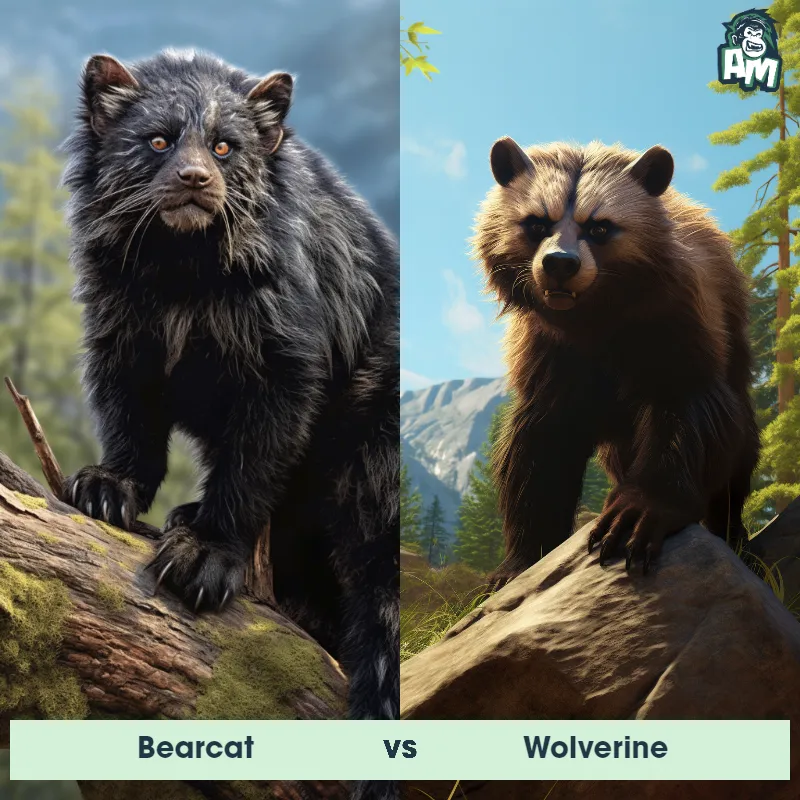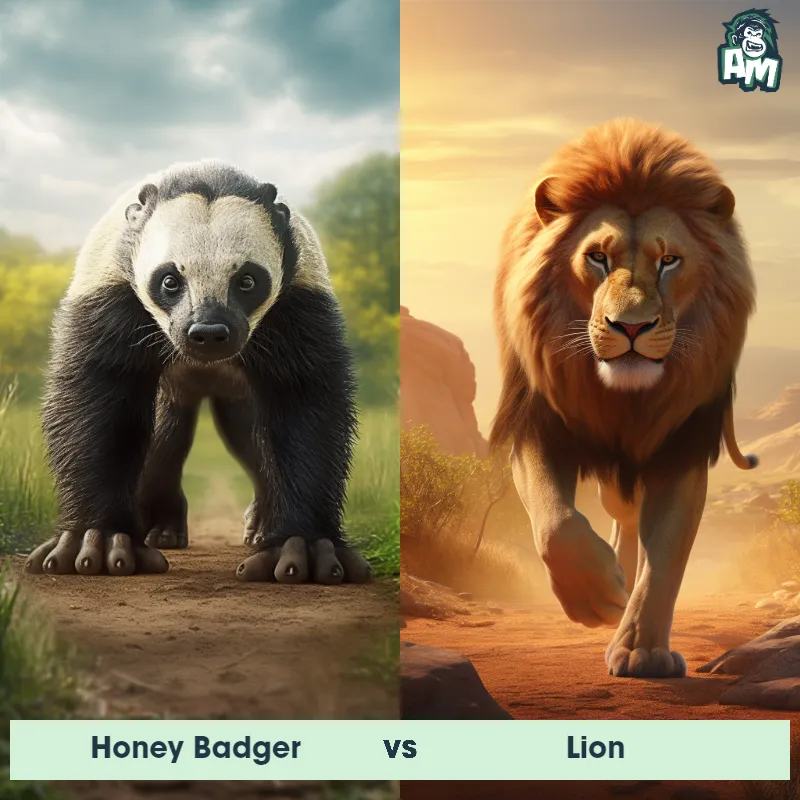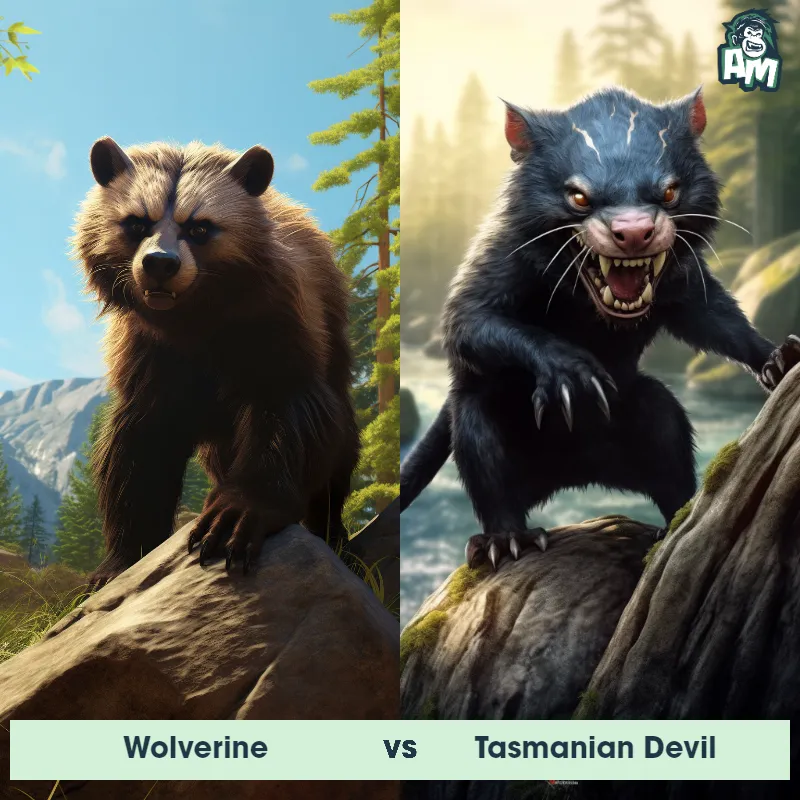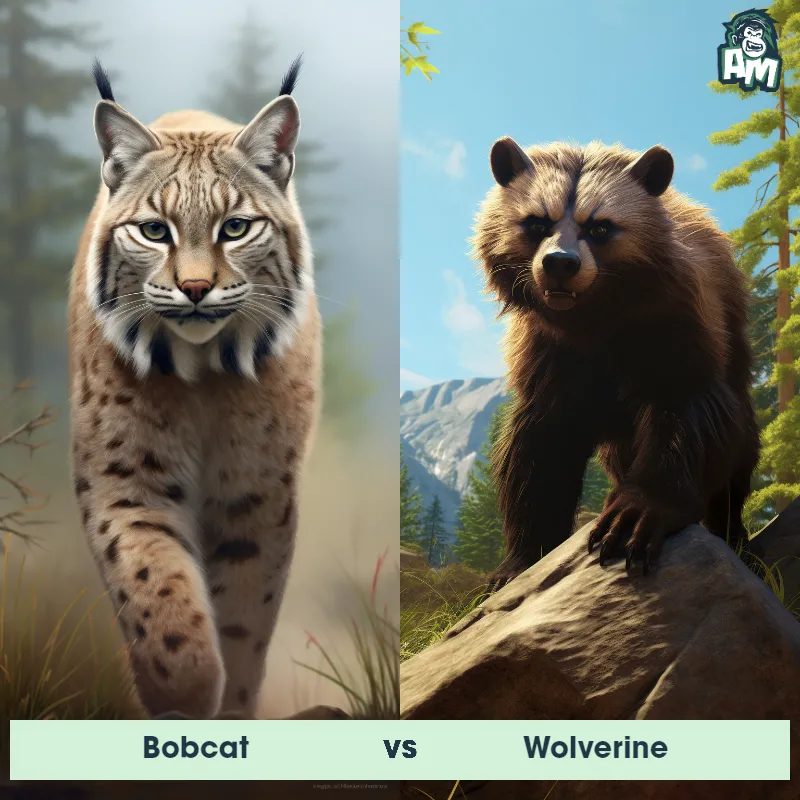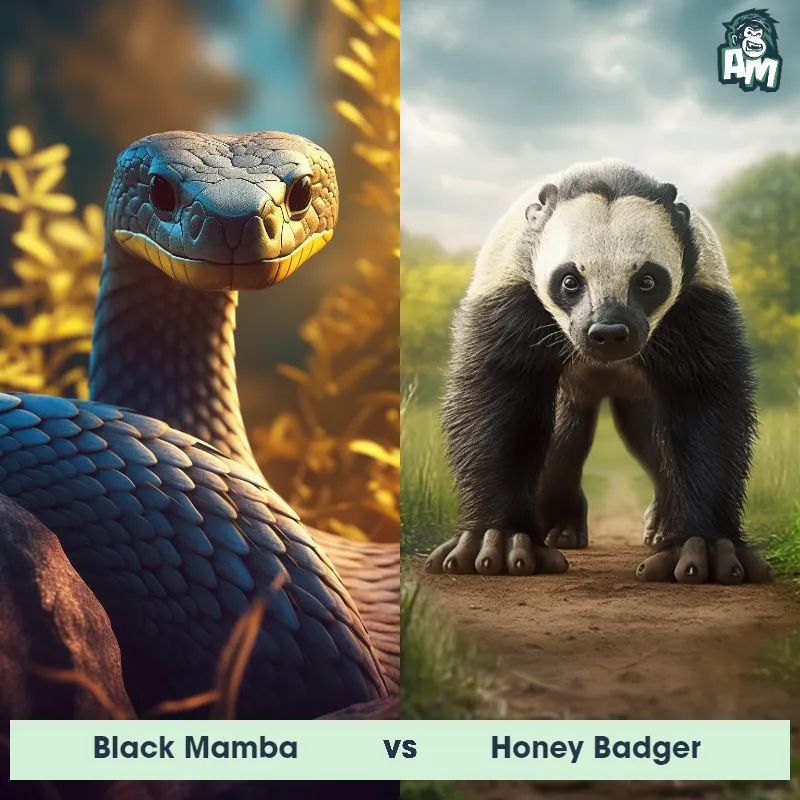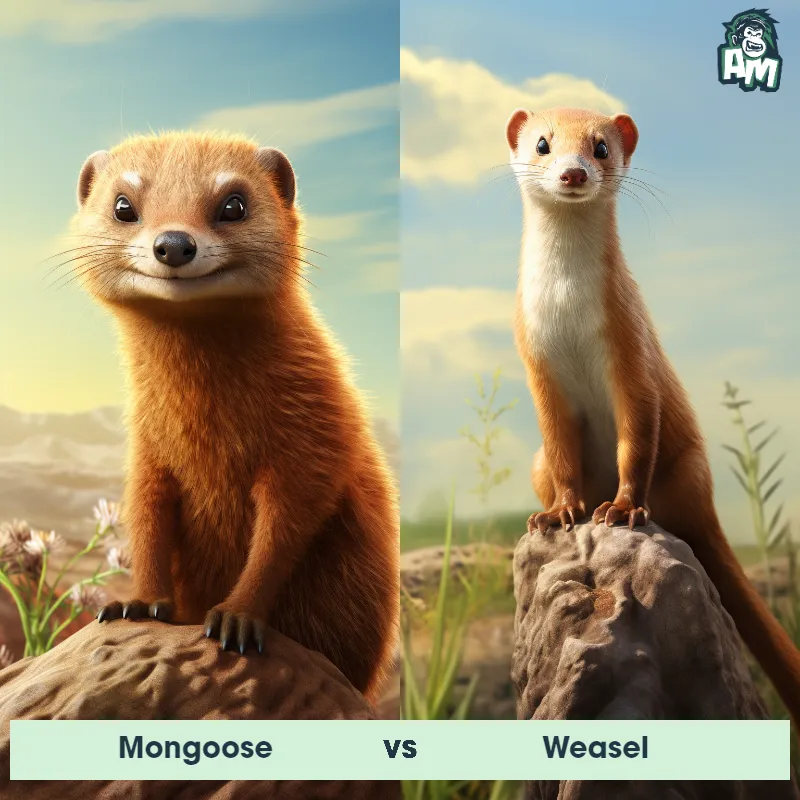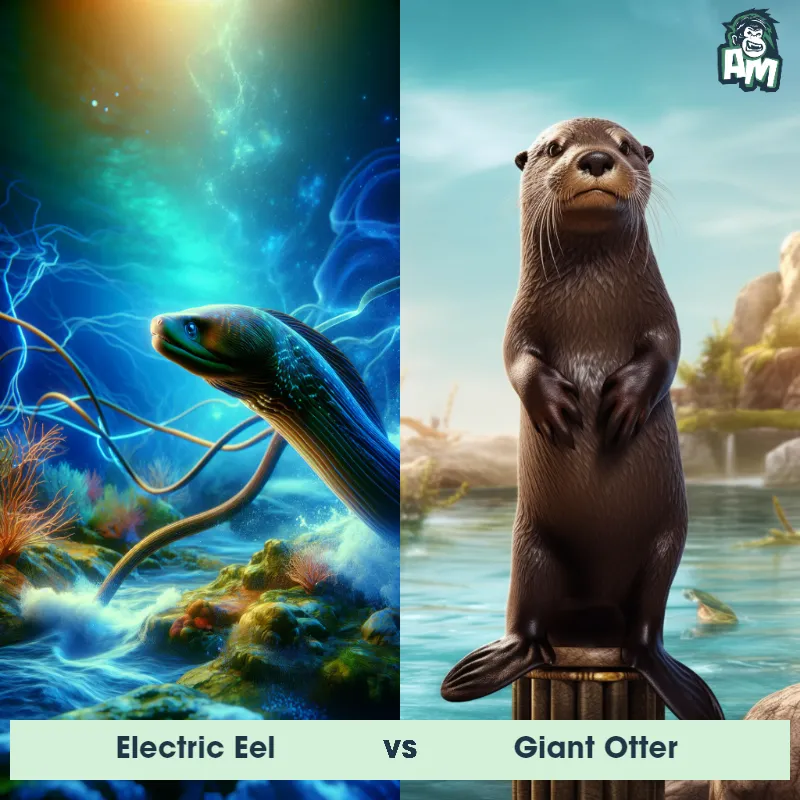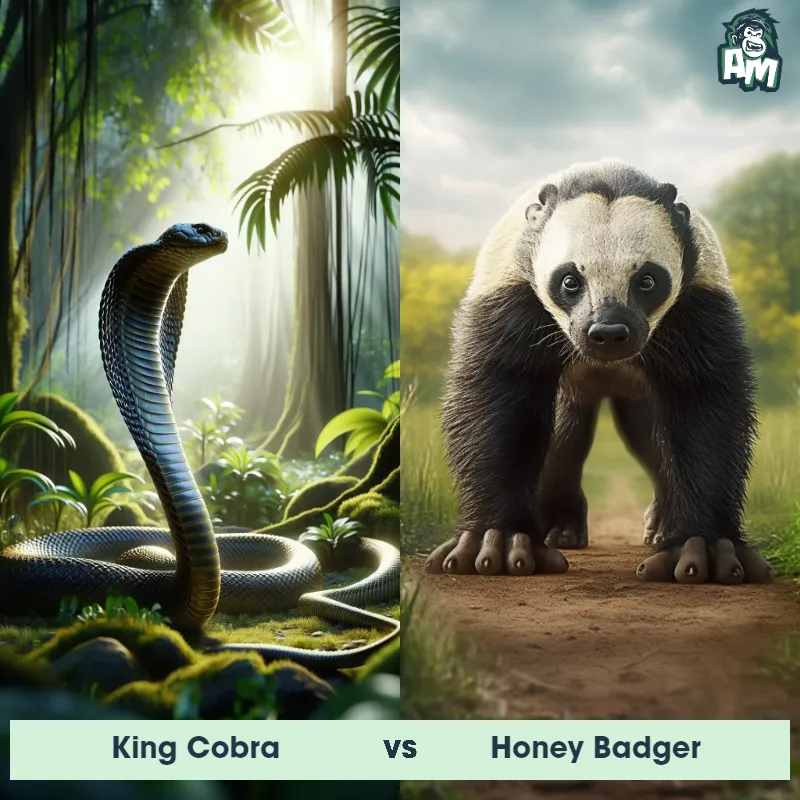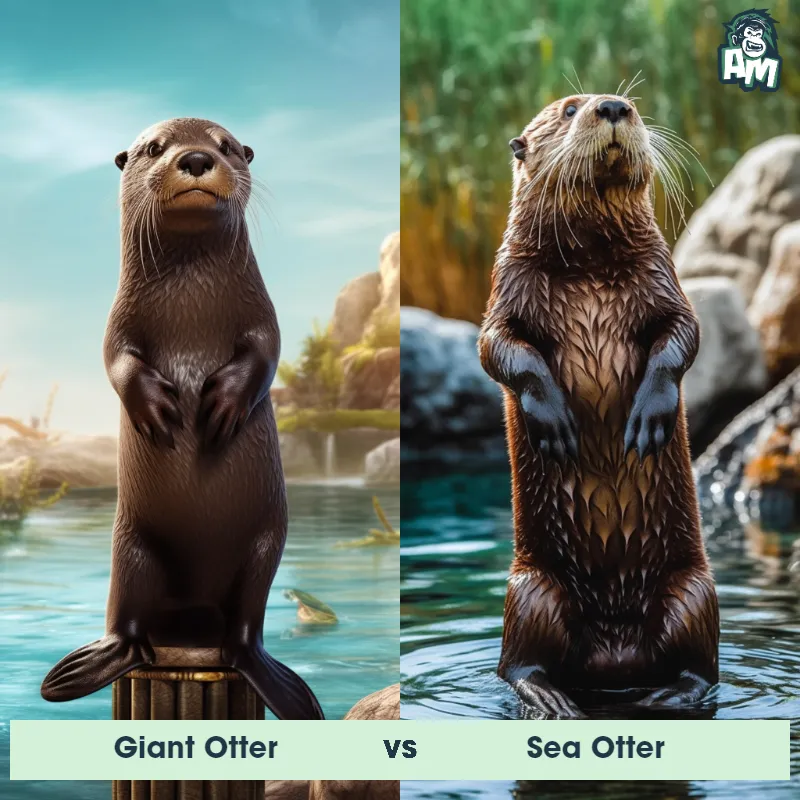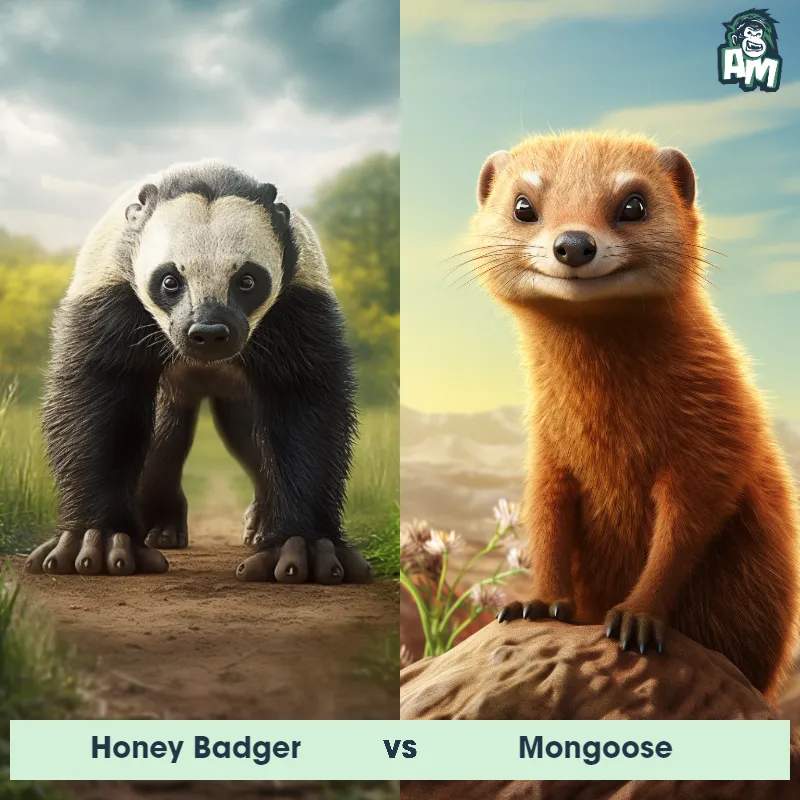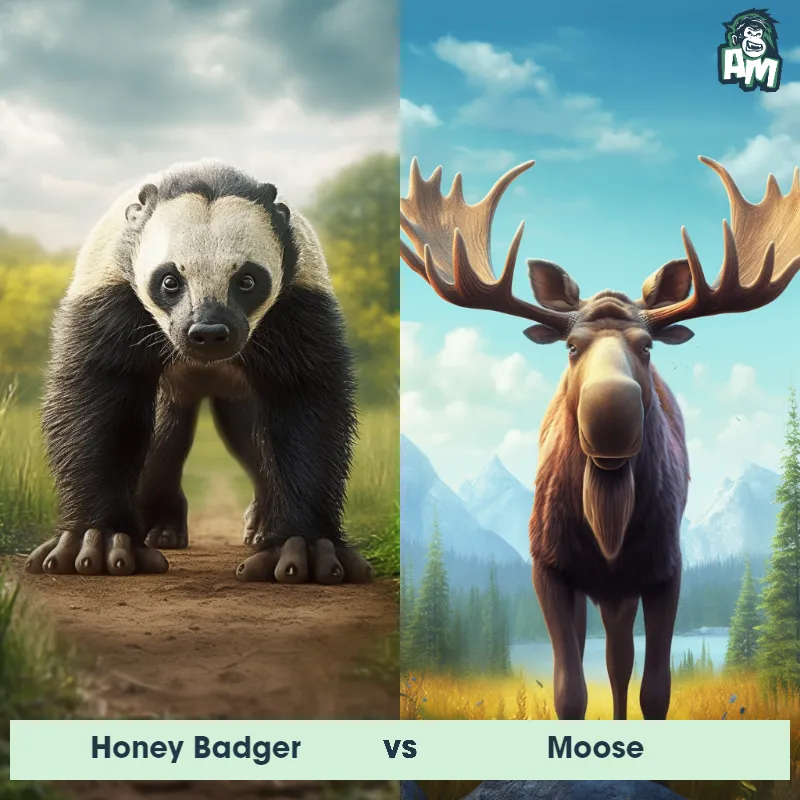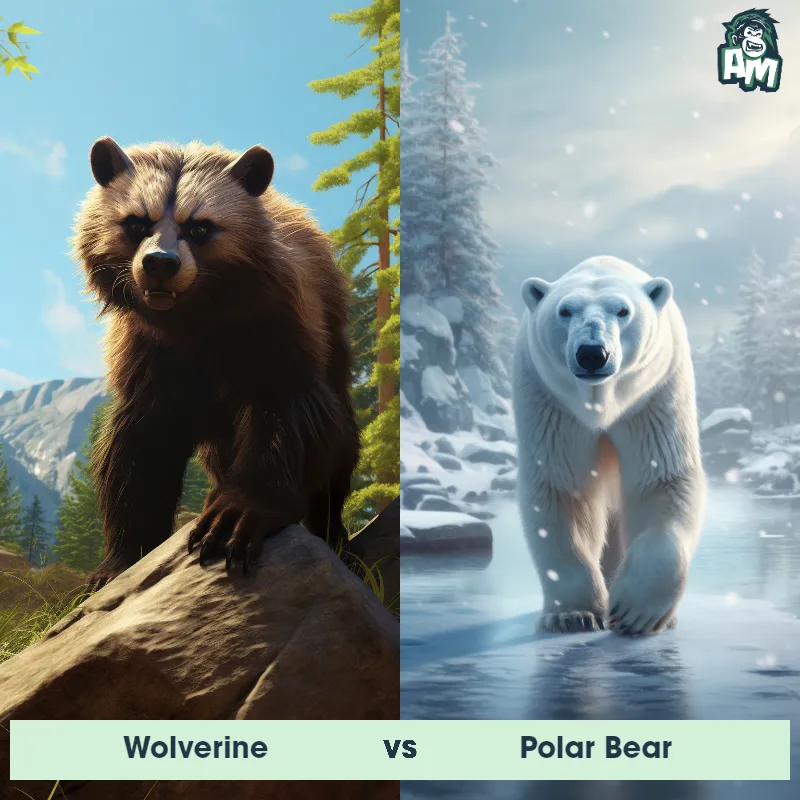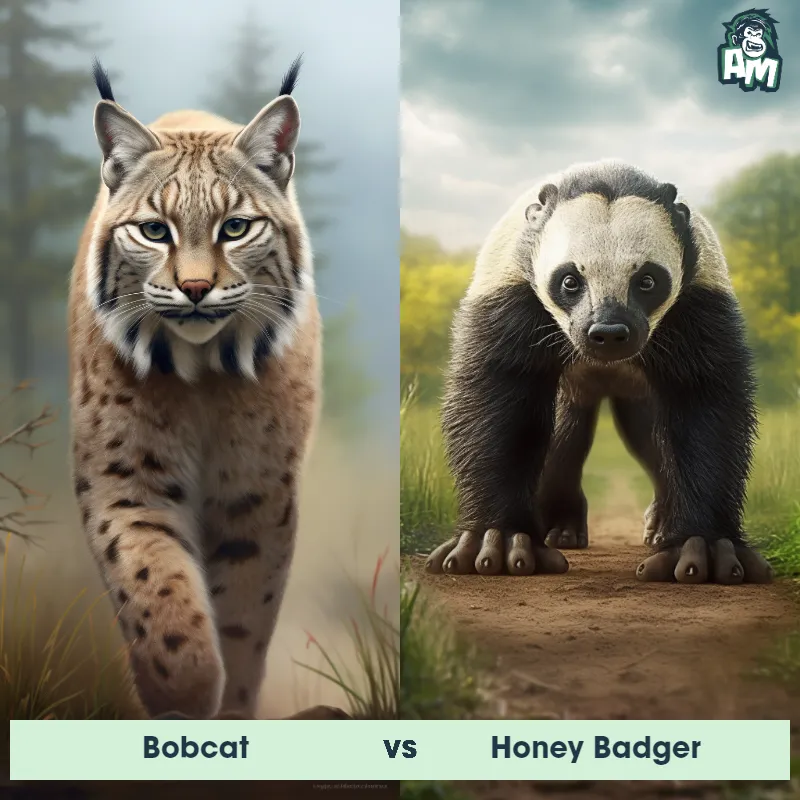Giant Otter vs WolverineSee Who Wins

Welcome everyone to this epic showdown between the Giant Otter and the Wolverine! These two fierce predators are ready to battle it out in three intense rounds. Let's see who comes out on top in this matchup of strength and speed.
Contender 1: Giant Otter
The Giant Otter, also known as the Giant River Otter or the South American Otter, is the largest of all otter species, measuring up to 6 feet in length and weighing up to 70 pounds. They have sleek, dark brown fur with white or cream-colored markings on their throat and chest. Their webbed feet and powerful tail make them excellent swimmers, and they are known for their ability to catch fish with their sharp teeth and strong jaws.
Fun Fact: Giant Otters have the thickest fur of any mammal in the animal kingdom, with up to 1 million hairs per square inch, which helps them stay warm in the cold waters of their habitat.
Contender 2: Wolverine
The Wolverine, also known as the Gulo gulo, is a stocky and muscular mammal that belongs to the weasel family. They have a thick, dark brown fur that helps them survive in cold environments. Wolverines have sharp claws and powerful jaws that allow them to hunt and scavenge for food. They are known for their ferocity and tenacity, and are able to take down prey much larger than themselves.
Fun Fact: Wolverines have a reputation for being tough and fearless, and are known to attack animals much larger than themselves, such as moose and caribou.
Matchup Stats
| Giant Otter | Wolverine | |
|---|---|---|
| Size | Up to 6 feet (1.8 meters) in length | 26-34 inches (66-86 cm) in length |
| Weight | Up to 70 pounds (32 kilograms) | 22-55 pounds (10-25 kg) |
| Speed | Speed: 22 mph (35 km/hr) | Speed: 30 mph (48.28 km/hr) |
| Key Strength | Powerful jaws and sharp teeth | Powerful jaws and sharp claws |
| Biggest Weakness | Vulnerable to attacks on land | Short legs and slow movement |
Current Votes
Giant Otter vs Wolverine
See Who Wins
View More Matches
Looking For More?
Similar Matches
Scientific Stats
| Giant Otter | Wolverine | |
|---|---|---|
| Scientific Name | Pteronura brasiliensis | Gulo gulo |
| Family | Mustelidae | Mustelidae |
| Habitat | Freshwater rivers, lakes, and swamps | Forests, tundra, and alpine meadows |
| Geography | South America, specifically the Amazon, Orinoco, and La Plata river systems | North America, Europe, and Asia |
| Diet | Fish, crustaceans, and small mammals | Carnivorous, feeding on small mammals, birds, fish, and carrion |
| Lifespan | 8 years - 10 years | 5 years - 13 years |
Key Differences between Giant Otter and Wolverine
- Behavior: The Giant Otter is known for its social nature, living in family groups, while the Wolverine is more solitary and territorial in its habits.
- Color: The Giant Otter has a dark brown fur with a cream-colored underbelly, whereas the Wolverine has a dark brown fur with light stripes along its sides and back.
- Tail: The Giant Otter has a long, muscular tail that comprises about one-third of its total body length, while the Wolverine has a bushy tail that helps it balance while running.
- Size: The Giant Otter is larger, measuring up to 6 feet in length, while the Wolverine is smaller, reaching lengths of only 3 feet.
- Diet: The Giant Otter primarily feeds on fish, crabs, and small mammals, while the Wolverine is a carnivore that preys on larger animals like deer and moose.
- Habitat: The Giant Otter is found in freshwater rivers and lakes in South America, while the Wolverine prefers remote, forested areas in North America, Europe, and Asia.



